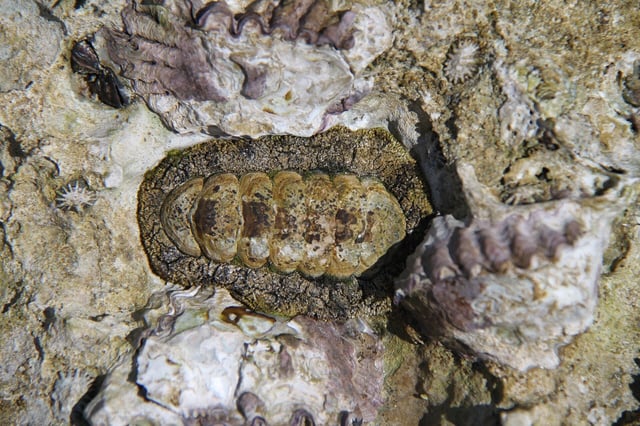Overview
- Researchers traced radular teeth matrix protein 1 (RTMP1) moving through nanoscopic microvilli to bind with chitin scaffolds and direct magnetite formation.
- Ferritin releases iron into developing teeth, where it adheres to RTMP1 and crystallizes into aligned magnetite nanorods that harden the teeth beyond the strength of enamel, steels and engineered ceramics.
- Chitons replace their radular teeth every few days using this biomineralization cycle, demonstrating a rapid, low-energy process conducted at room temperature.
- Conservation of RTMP1 across globally distributed chiton species indicates a convergent strategy for controlling iron oxide deposition in biomaterials.
- The study’s integration of electron microscopy, spectroscopy and molecular biology paves the way for biomimetic approaches to sustainable materials synthesis in applications ranging from cutting tools to biomedical implants.
